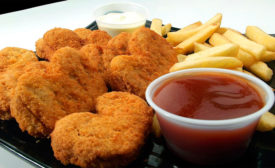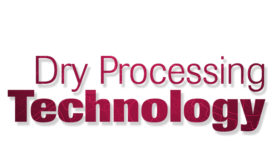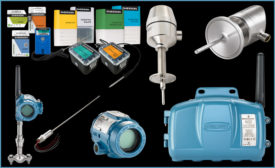Home » sensors
Articles Tagged with ''sensors''
Viscosity sensors
Inline viscosity sensing provides better batter control
Coupled with Industry 4.0 technology, inline sensing means no more rushing grab-samples to the lab, introducing quality issues with food products
December 1, 2020
Engineering R&D
Supply chain solution includes sensors, digital visibility platform, cloud access
Cloudleaf puts the supply chain pieces together to connect data silos
July 30, 2020
Temperature Monitoring and Control
Make the move from analog to digital temperature measurements
Plan temperature measurement strategies with business needs and future upgrades in mind
July 20, 2020
Digitalization
Finding a digital strategy to manage electrical consumption at sugar plants
Not only do sugar plants consume a huge amount of power, their carbon footprint is generally not so enviable
July 10, 2020
Elevate your expertise in food engineering with unparalleled insights and connections.
Get the latest industry updates tailored your way.
JOIN TODAY!Copyright ©2025. All Rights Reserved BNP Media.
Design, CMS, Hosting & Web Development :: ePublishing












